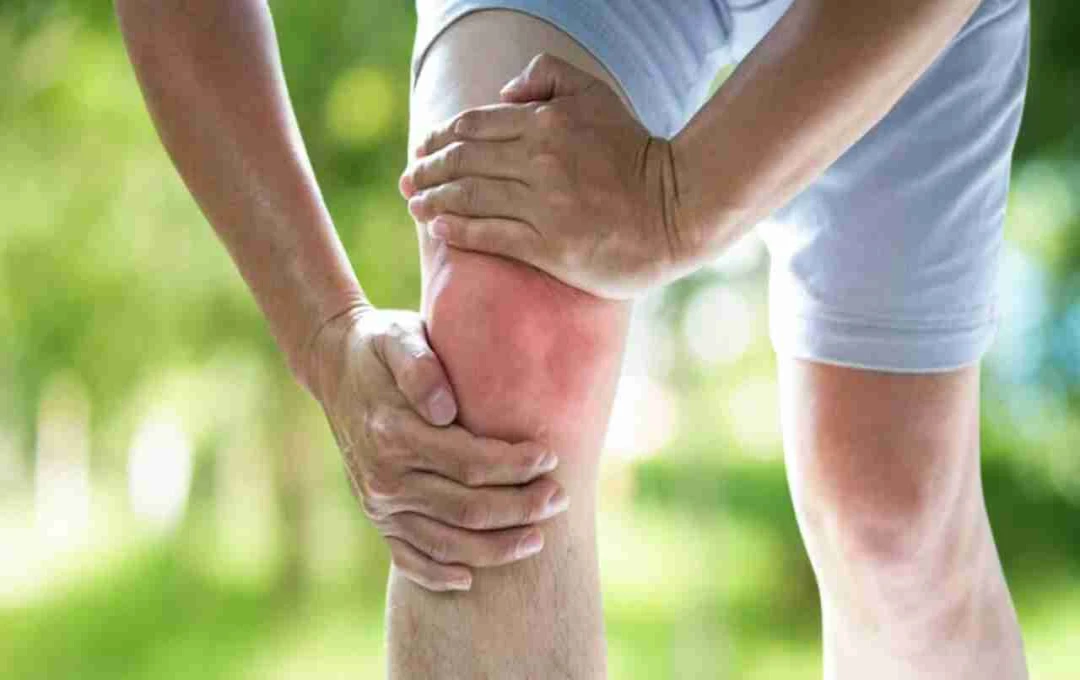Today's women are progressing equally on both family and career fronts, but they often lag behind when it comes to their health. Several health issues among women have risen sharply in recent decades. These include conditions like osteoarthritis, diabetes, and anemia, which have become increasingly common. This article explores the causes of these diseases and how to prevent them.
1. Osteoarthritis: A 130% Increase in Cases Among Women

Over the past 30 years, there has been a 130% increase in osteoarthritis cases among women. This is a type of joint disease where the cartilage between bones gradually wears away, causing joint pain, swelling, and stiffness. This problem is particularly prevalent in women after menopause, when estrogen levels begin to decline. Furthermore, aging, obesity, nutritional deficiencies, and lack of physical activity also increase the risk of this disease.
Solutions
• Maintain a diet rich in calcium and Vitamin D.
• Engage in light exercise or yoga daily.
• Maintain a healthy weight and avoid prolonged sitting in the same position.
2. Diabetes: A Doubling of Cases in Women

Between 1990 and 2022, diabetes cases worldwide doubled. Cases are rising rapidly among women, primarily due to hormonal changes, increased stress, obesity, and a sedentary lifestyle. In 1990, 198 million people worldwide suffered from diabetes; this number has now risen to 828 million. The increasing number of cases in women highlights the growing severity of this problem.
Solutions
• Walk for 30 minutes daily.
• Avoid sugar and processed foods.
• Get regular blood sugar tests.
• Maintain a healthy weight and manage stress.
3. Anemia: Affecting Every Second Woman

In India, 57% of women aged 15-49 suffer from anemia (iron deficiency), as reported by the NFHS-5 (National Family Health Survey). Anemia results from a deficiency of hemoglobin and iron in the body, leading to common symptoms like fatigue, weakness, and dizziness. This problem is caused by menstruation, pregnancy, and nutritional deficiencies. It is particularly prevalent in rural areas, where uneducated and impoverished women are disproportionately affected.
Solutions
• Include iron-rich foods like spinach, jaggery, beetroot, and pomegranate in your diet.
• Take iron and folic acid supplements as advised by a doctor.
• Pregnant women should get regular hemoglobin checks.
The Rise of Health Problems in Women: Causes
• Poor nutrition: Women often prioritize cooking for their families over their own diets, impacting their nutritional intake.
• Stress and work pressure: Increased stress from juggling home and work responsibilities negatively impacts health.
• Physical inactivity: Lack of exercise is a major contributor to health problems.
How to Take Care of Women's Health?

According to gynecologist Dr. Pratima Agrahari, women should prioritize their health and adopt some basic rules.
Adopt a Healthy Lifestyle
• Maintain a balanced diet including green vegetables, fruits, whole grains, and protein.
• Get 7-8 hours of sleep every day.
Get Regular Health Checkups
• Have a full body checkup once a year.
• Regularly monitor blood pressure, blood sugar, and hemoglobin levels.
Prioritize Self-Care
• Don't ignore your body's signals.
• Consult a doctor promptly if you experience any health issues.
• Women must take responsibility for their own health.
In today's world, taking care of one's health is as important for women as family and career. With small precautions and a healthy lifestyle, they can avoid major illnesses. Women should prioritize themselves and remain vigilant about their health.











